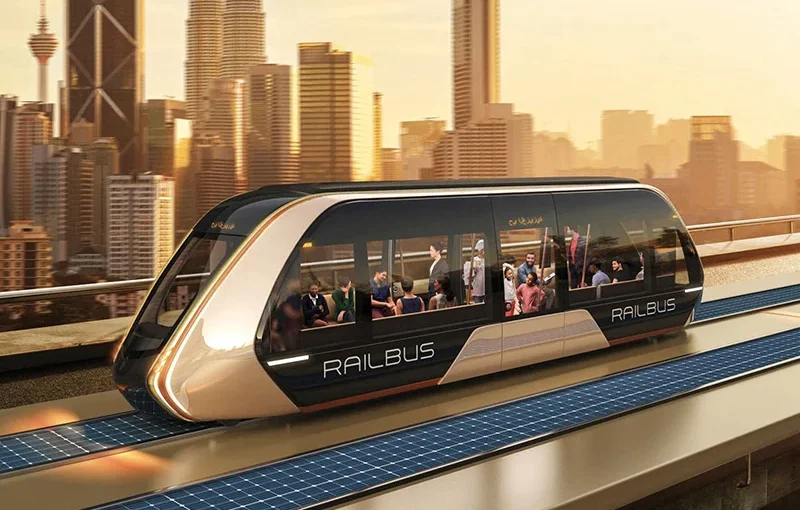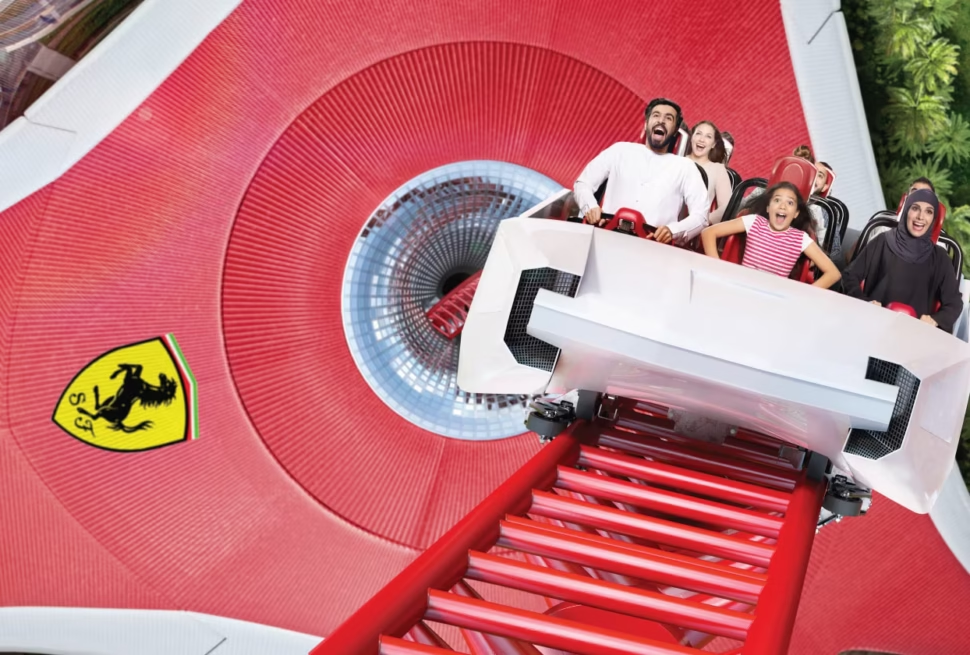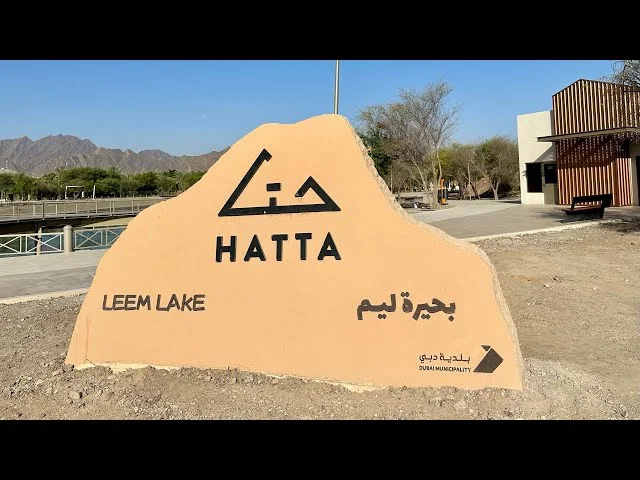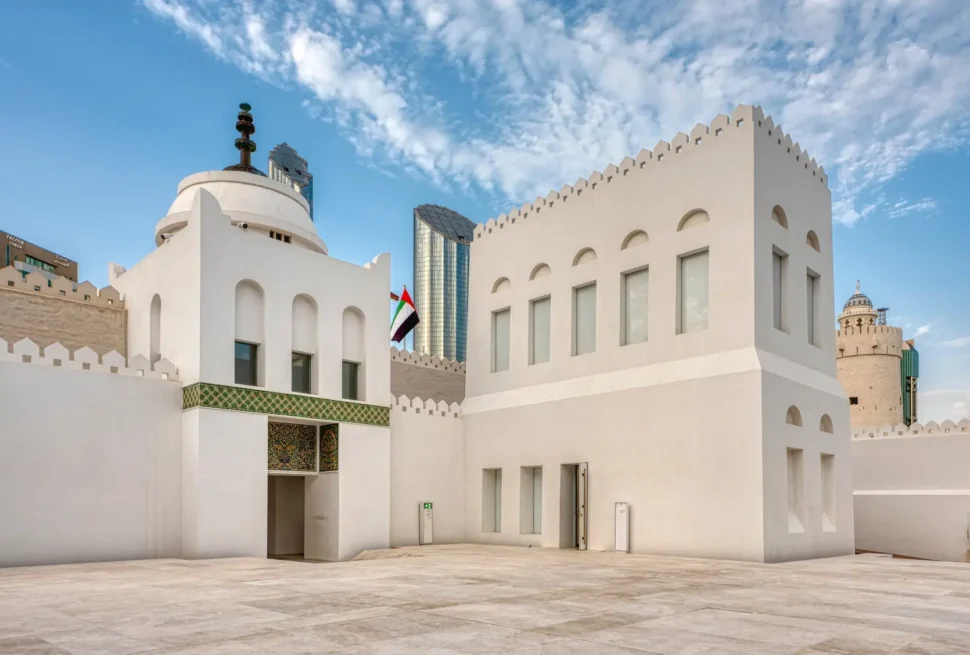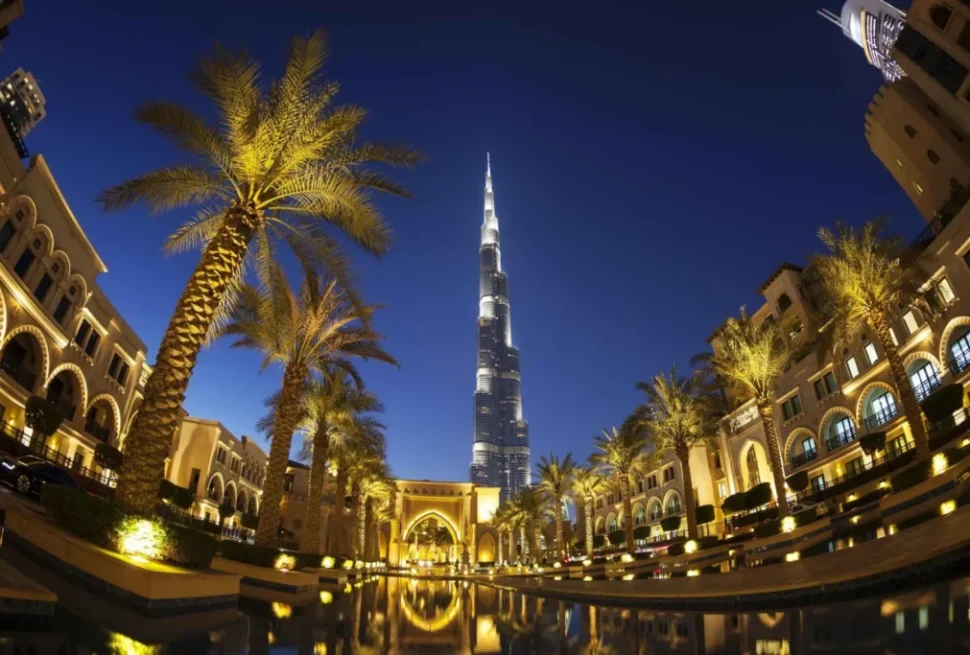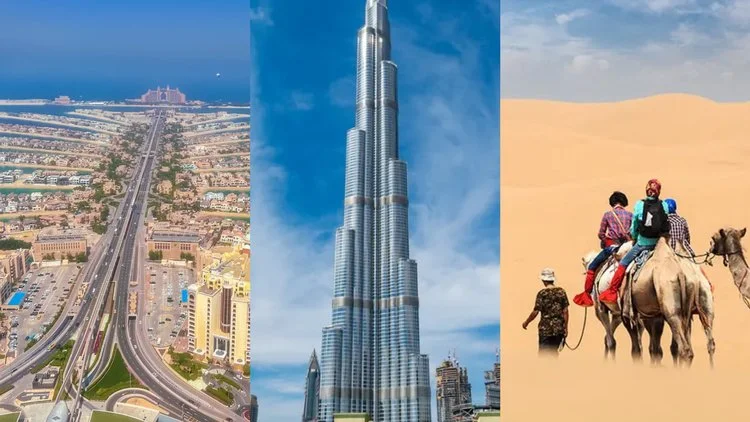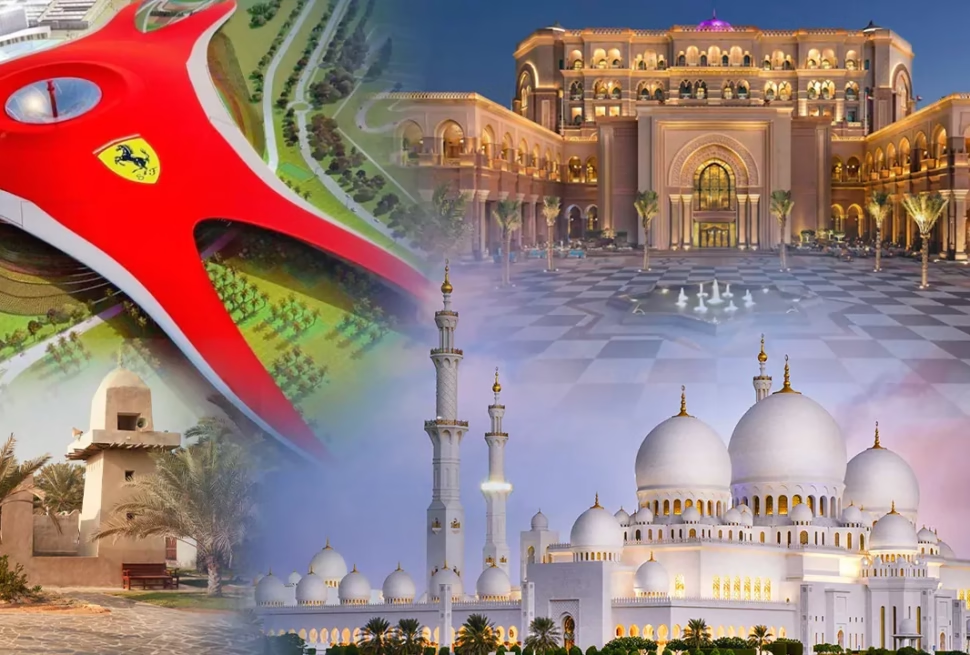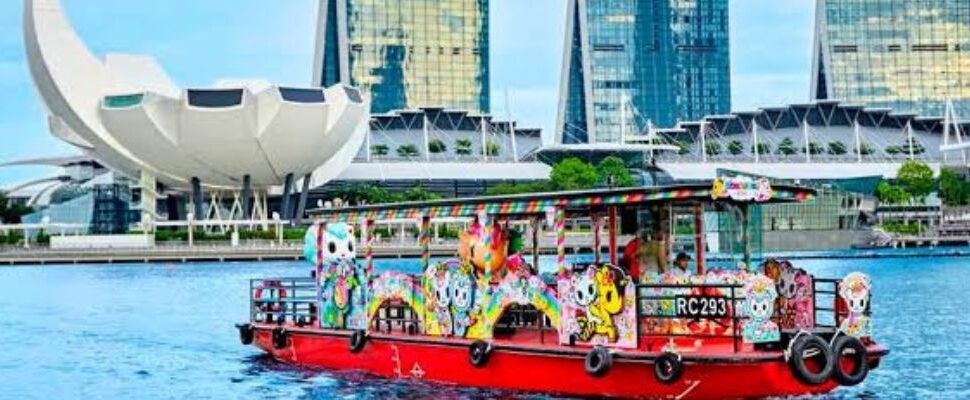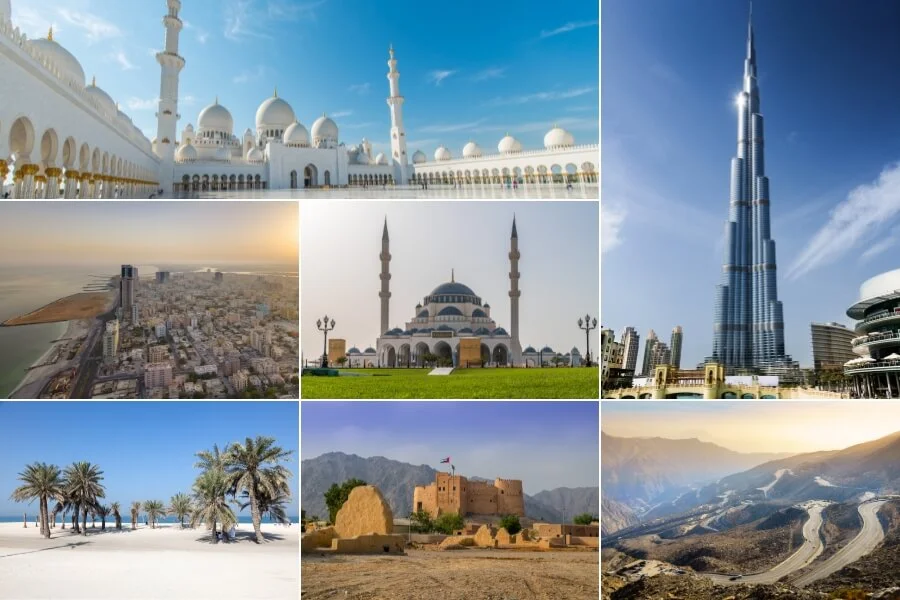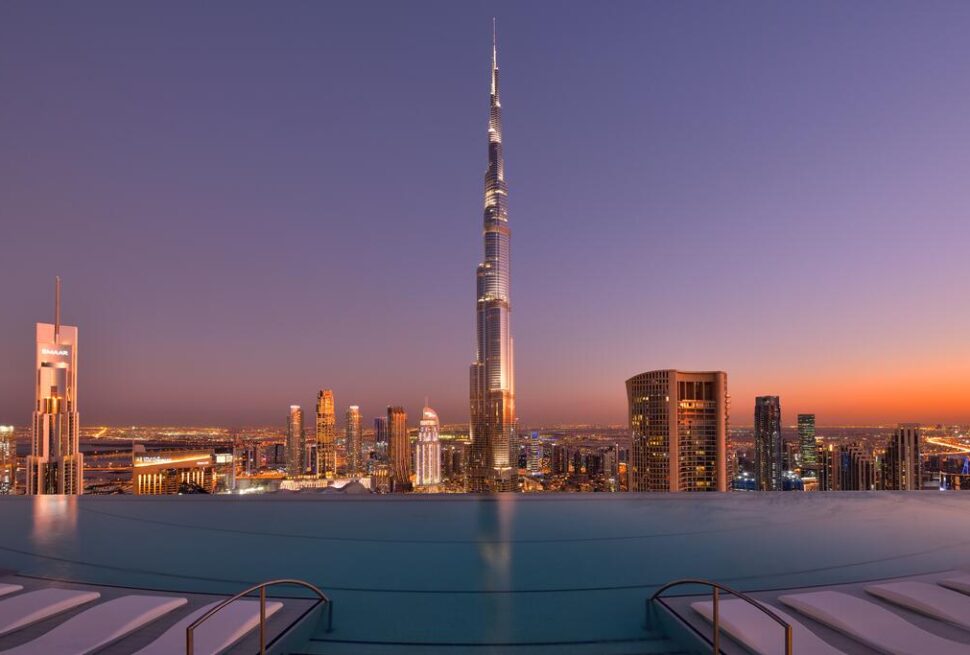The UAE has long been recognized for its ambition and vision, and its transportation sector is no exception. As the country continues to diversify its economy and invest in cutting-edge technology, the need for efficient and sustainable transportation becomes increasingly apparent. Recognizing this, the UAE government has committed to introducing new transportation systems that will revolutionize the way people travel.
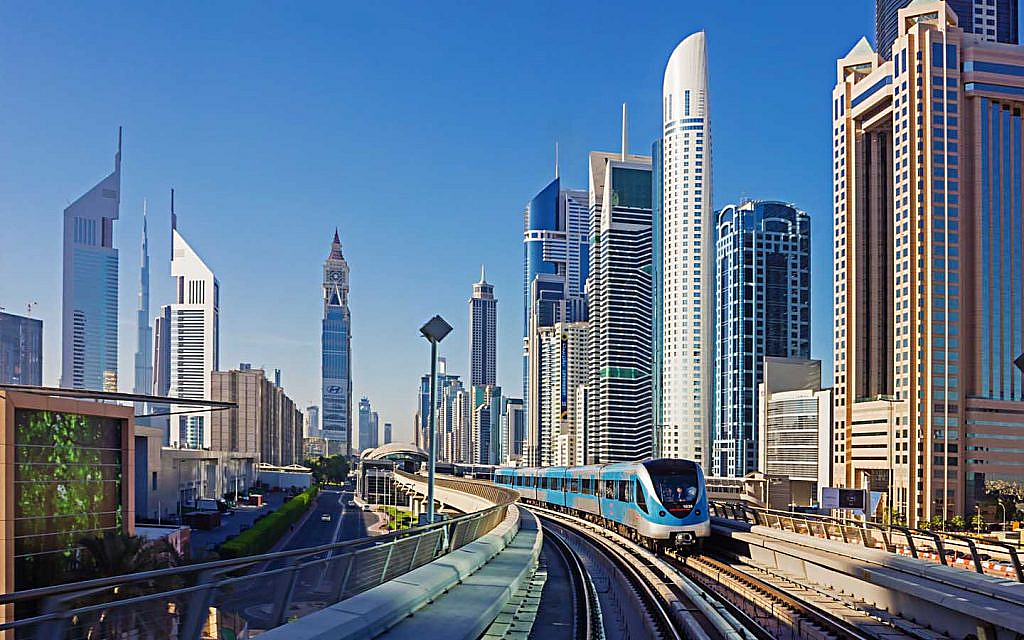
Overview of Current Transportation Infrastructure
Before delving into the future of transportation in the UAE, it’s essential to understand the existing infrastructure. The UAE boasts a modern and extensive network of roads, airports, and public transportation systems, including the Dubai Metro and Abu Dhabi’s bus network. While these systems have served the country well, there is a growing demand for faster, more efficient, and environmentally friendly modes of transportation.
High-Speed Rail Networks: Connecting Cities
One of the most exciting developments in UAE transportation is the introduction of high-speed rail networks. These networks will link major cities across the country, reducing travel times and enhancing connectivity. With trains capable of reaching speeds of up to 350 kilometers per hour, passengers will be able to travel between Dubai and Abu Dhabi in under an hour.
Benefits of High-Speed Rail
High-speed rail offers numerous benefits, including reduced congestion on roads, lower carbon emissions, and increased productivity for commuters. Additionally, it promotes economic growth by facilitating the movement of people and goods between urban centers, fostering regional development and integration.
Projected Routes and Timelines
Several high-speed rail projects are currently in the planning and development stages. These include the UAE Hyperloop, which aims to connect Dubai and Abu Dhabi in just 12 minutes, as well as the Etihad Rail project, which will eventually link all seven emirates. While timelines may vary, these projects signify the UAE’s commitment to embracing cutting-edge transportation technology.

Hyperloop Technology: Revolutionizing Travel
Another groundbreaking transportation innovation coming to the UAE is hyperloop technology. Conceived by visionary entrepreneur Elon Musk, the hyperloop promises to revolutionize long-distance travel by propelling passengers and cargo through a network of low-pressure tubes at speeds exceeding 1,000 kilometers per hour.
How Hyperloop Works
At its core, the hyperloop operates on the principles of magnetic levitation and vacuum propulsion. Pods travel through a sealed tube, suspended above the track by powerful electromagnets. By eliminating air resistance and friction, the hyperloop can achieve unprecedented speeds while remaining energy-efficient and environmentally friendly.
Advantages Over Traditional Transport
The hyperloop offers several advantages over traditional modes of transportation. Not only does it significantly reduce travel time, but it also boasts enhanced safety features and lower operating costs. Furthermore, its minimal land footprint and ability to operate autonomously make it an attractive option for densely populated urban areas.
Autonomous Vehicles: Shaping the Future of Mobility
In addition to high-speed rail and hyperloop technology, the UAE is at the forefront of autonomous vehicle development. These self-driving cars, buses, and taxis have the potential to revolutionize urban mobility, offering a safe, efficient, and convenient alternative to traditional transportation methods.
Development and Testing in the UAE
Several companies are currently conducting trials of autonomous vehicles on UAE roads, including Tesla, Waymo, and Cruise. These tests aim to evaluate the performance and safety of autonomous technology in real-world conditions, paving the way for widespread adoption in the near future.
Integration with Existing Infrastructure
To ensure seamless integration with existing transportation infrastructure, the UAE government is investing in smart city initiatives and infrastructure upgrades. This includes the development of dedicated lanes and infrastructure to support autonomous vehicles, as well as the implementation of advanced traffic management systems.
Sustainability Efforts in Transportation
As the UAE embraces new transportation systems, sustainability remains a top priority. From high-speed rail to hyperloop technology, these projects are designed with environmental conservation in mind, aiming to reduce carbon emissions and minimize ecological impact.
Green Initiatives in New Systems
Many of the new transportation systems in the UAE incorporate green initiatives, such as renewable energy sources and energy-efficient design. For example, the hyperloop plans to utilize solar power to generate electricity, while high-speed rail networks will prioritize eco-friendly materials and construction practices.
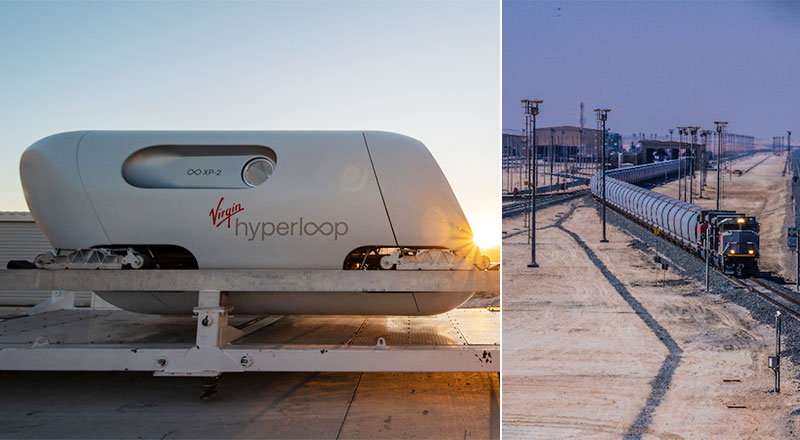
Environmental Impact and Benefits
By reducing reliance on fossil fuels and minimizing traffic congestion, these sustainable transportation solutions have the potential to significantly reduce the UAE’s carbon footprint. Furthermore, improved connectivity and accessibility will promote a shift towards more sustainable modes of transport, such as walking, cycling, and public transit.
Economic Implications of Improved Transportation
Beyond their environmental benefits, new transportation systems in the UAE are expected to have a profound impact on the country’s economy. By enhancing connectivity, reducing travel times, and facilitating the movement of goods, these projects will stimulate economic growth and create new opportunities for businesses and individuals alike.
Boosting Tourism and Business Opportunities
Improved transportation infrastructure will make it easier for tourists to explore the UAE’s diverse attractions, from bustling city centers to serene desert landscapes. Likewise, businesses will benefit from faster and more efficient supply chains, enabling them to expand their reach and compete on a global scale.
Job Creation and Economic Growth
The development and operation of new transportation systems will also create thousands of jobs across various sectors, from construction and engineering to maintenance and operations. Moreover, increased investment in infrastructure will stimulate economic activity and drive innovation, further fueling the UAE’s growth and prosperity.
Challenges and Considerations
While the future of transportation in the UAE is undoubtedly exciting, it is not without its challenges and considerations. From regulatory hurdles to public acceptance, there are several factors that must be addressed to ensure the successful implementation of these projects.
Regulatory Hurdles and Safety Concerns
The introduction of new transportation technologies poses regulatory challenges, particularly regarding safety standards and licensing requirements. Government agencies must work closely with industry stakeholders to establish clear guidelines and regulations to safeguard passengers and the public.
Public Perception and Acceptance
In addition to regulatory challenges, gaining public acceptance is crucial for the success of new transportation systems. Whether it’s concerns about safety, privacy, or job displacement, addressing the public’s apprehensions and misconceptions will be essential in fostering trust and support for these transformative projects.
Q: Will the introduction of new transportation systems impact existing modes of transportation in the UAE?
A: While new transportation systems may complement existing modes, such as roads and airports, they are not expected to replace them entirely. Instead, they will offer additional options for travelers and contribute to a more integrated and efficient transportation network.
Q: What measures are being taken to address safety concerns related to autonomous vehicles?
A: Companies developing autonomous vehicles in the UAE are conducting extensive testing to ensure their safety and reliability. Additionally, regulatory agencies are working to establish comprehensive safety standards and protocols for the deployment of autonomous technology on public roads.
Q: How will the introduction of high-speed rail networks benefit the environment?
A: High-speed rail networks are expected to reduce carbon emissions by encouraging modal shifts from private cars and airplanes to trains. Additionally, the use of eco-friendly materials and energy-efficient technologies will further minimize the environmental impact of these projects.
Q: What role will the UAE government play in supporting the development of new transportation systems?
A: The UAE government is actively investing in infrastructure development and partnering with private companies to accelerate the deployment of new transportation systems. This includes providing financial incentives, regulatory support, and strategic guidance to facilitate innovation and progress.
Q: How can individuals and businesses prepare for the transition to new transportation systems in the UAE?
A: Individuals and businesses can prepare for the transition by staying informed about upcoming projects and developments, exploring alternative transportation options, and embracing sustainable practices. Additionally, they can participate in public consultations and feedback sessions to shape the future of transportation in the UAE.
In conclusion, the UAE is on the cusp of a transportation revolution, with new systems poised to redefine the way people and goods move within the country. From high-speed rail networks to hyperloop technology and autonomous vehicles, these innovations promise to enhance connectivity, promote sustainability, and drive economic growth. By embracing the future of transportation, the UAE is positioning itself as a global leader in innovation and infrastructure development.

